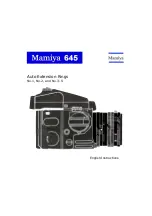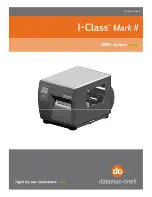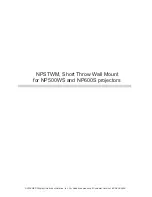
17
GB
emitted that irritate the respira-
tory tract. Ensure fresh air and
seek medical assistance in the
event of discomfort.
• Do not use non-rechargeable
batteries!
Correct handling of the bat-
tery charger
• Keep the equipment away from
children and pets. Children
should be supervised in order
to ensure that they do not play
with the equipment.
• To charge the battery, use
only the charger supplied.
Risk of fire and explosion.
• Before each use, check the
charger, cable and plug and
have them repaired by quali
-
fied professionals and only
with original parts.
Do not
use a defective charger and
do not open it up yourself. This
ensures that the safety of the
device is maintained.
• Connect the charger only to
a socket with an earth. En
-
sure that the mains voltage
matches the specifications
on the charger rating plate.
Risk of electric shock.
• Disconnect the charger from
the mains before closing or
opening connection to the
battery/ power tool/device.
• Keep the charger clean and
away from wet and rain. Do
not use the charger outdoors.
Dirt and the entry of water in-
crease the risk of electric shock.
• Operate the charger only
with the appropriate original
batteries.
Charging other bat-
teries may result in injuries and
risk of fire.
• Avoid mechanical damage to
the charger.
This can result in
internal short circuits.
• The charger must not be op
-
erated on or in the immediate
vicinity of flammable surfac
-
es (e.g. paper, textiles).
Risk
of fire due to heating caused by
charging.
• If the power cable for this
equipment is damaged, it
must be replaced by the
manufacturer, a customer
service agent of the same or
a similarly qualified person
in order to prevent hazards.
• Do not use the charger to
charge non-rechargeable bat-
teries. The device could be-
come damaged.
Charging Process
Do not expose the battery to
extreme conditions such as heat
or impact. Risk of injury from
escaping electrolytic solution!
After eye/skin contact, rinse the
affected areas with water or a
neutraliser and consult a doctor.
















































